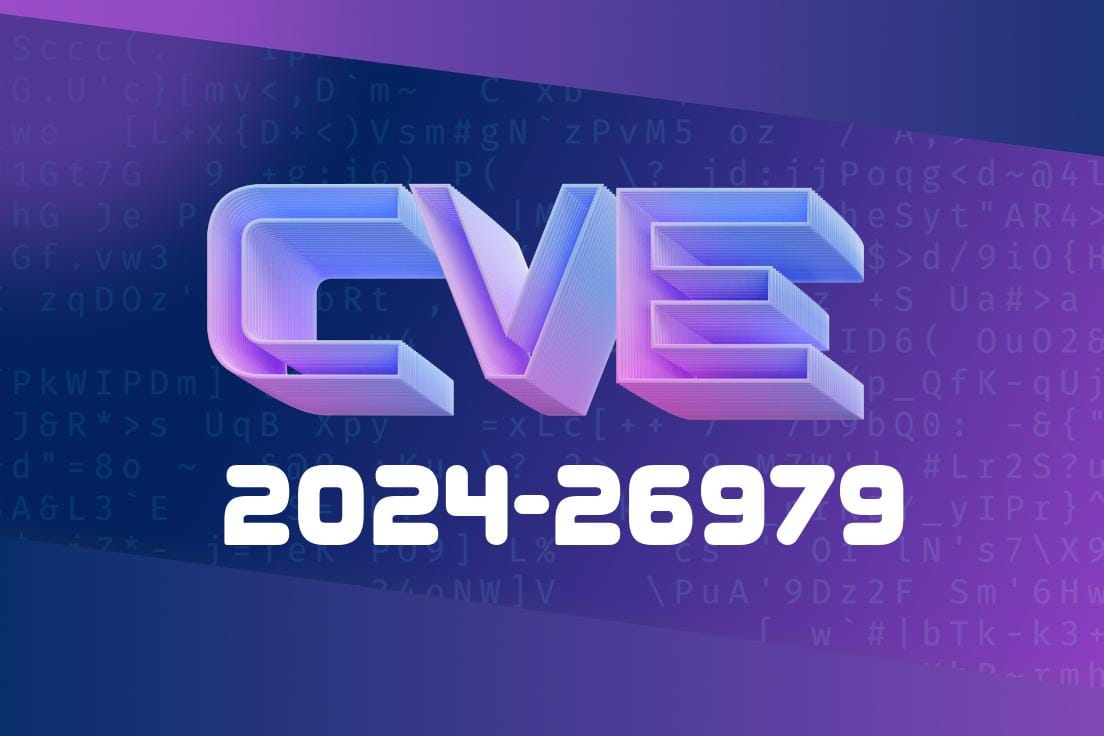If you spend any time looking at security updates or vulnerability databases, you’ll probably run into some “CVE” numbers that are marked as “REJECTED.” If you’re curious about CVE-2024-26979, you might notice that it’s one of those mysterious, now-empty entries. So what really happened? Why is there a record, but no actual bug details? Let’s break it all down in simple terms.
What is CVE-2024-26979?
CVE-2024-26979 is a Common Vulnerabilities and Exposures (CVE) number that was once reserved for a specific security issue. But if you visit the official CVE database, you’ll see this message:
> REJECTED REASON: This CVE ID has been rejected or withdrawn by its CVE Numbering Authority.
There’s no bug, no vendor, and no affected software. Just a placeholder with a rejection note.
Duplicate Entry: Sometimes a single security issue accidentally gets two numbers.
2. Not a Bug After All: Upon review, what looked like a security flaw turns out to be normal or secure behavior.
3. Admin or Reporting Error: Somebody made a typo, misunderstood the issue, or requested a CVE in error.
4. Out of Scope: The issue doesn’t meet the criteria for a CVE (e.g., it’s not a real vulnerability).
According to the public page for CVE-2024-26979, the numbering authority (CNA) who manages these IDs decided, after double-checking, NOT to assign this one after all.
What Does This Mean for You?
No need to worry about CVE-2024-26979. There’s no patch to apply, no risky behavior to change, and no products affected. If you see software or security scanners mentioning this ID, it's likely an error or a leftover reference that needs a clean-up.
If you’re ever in doubt, do this
- Visit the official CVE site: https://cve.mitre.org/
Example: What a Real CVE Looks Like
For comparison, here’s what a typical, real CVE page might include—notice the difference!
CVE-2023-XXXX
Description: A remote code execution vulnerability in Example Software v2.1 allows unauthenticated attackers to run arbitrary code via a crafted payload.
References: Vendor Advisory
But CVE-2024-26979 looks like this
CVE-2024-26979
REJECTED
Reason: This CVE ID has been rejected or withdrawn by its CVE Numbering Authority.
More Info & Reference Links
- CVE-2024-26979 official page
- Full list of CVE entries
- What do CVE Statuses mean? (Official FAQ)
Exploit Details?
There's no exploit, because there's no actual vulnerability. Any “exploit code” claiming to target CVE-2024-26979 is either a hoax or a mistake.
# Example of a fake exploit snipplet for a REJECTED CVE:
def exploit_cve_2024_26979():
print("Nothing to see here! This CVE has been rejected.")
exploit_cve_2024_26979()
# Output: Nothing to see here! This CVE has been rejected.
Final Word
When you see “REJECTED” in the CVE list, especially for CVE-2024-26979, just move on—there’s nothing to worry about. Keep your focus on genuine, active vulnerabilities and always use reputable resources for checking security IDs.
Stay secure and keep patching!
*Written exclusively for you by an experienced infosec writer. All content is custom and based on open sources as of June 2024.*
Timeline
Published on: 05/01/2024 06:15:15 UTC
Last modified on: 06/12/2024 16:15:11 UTC
